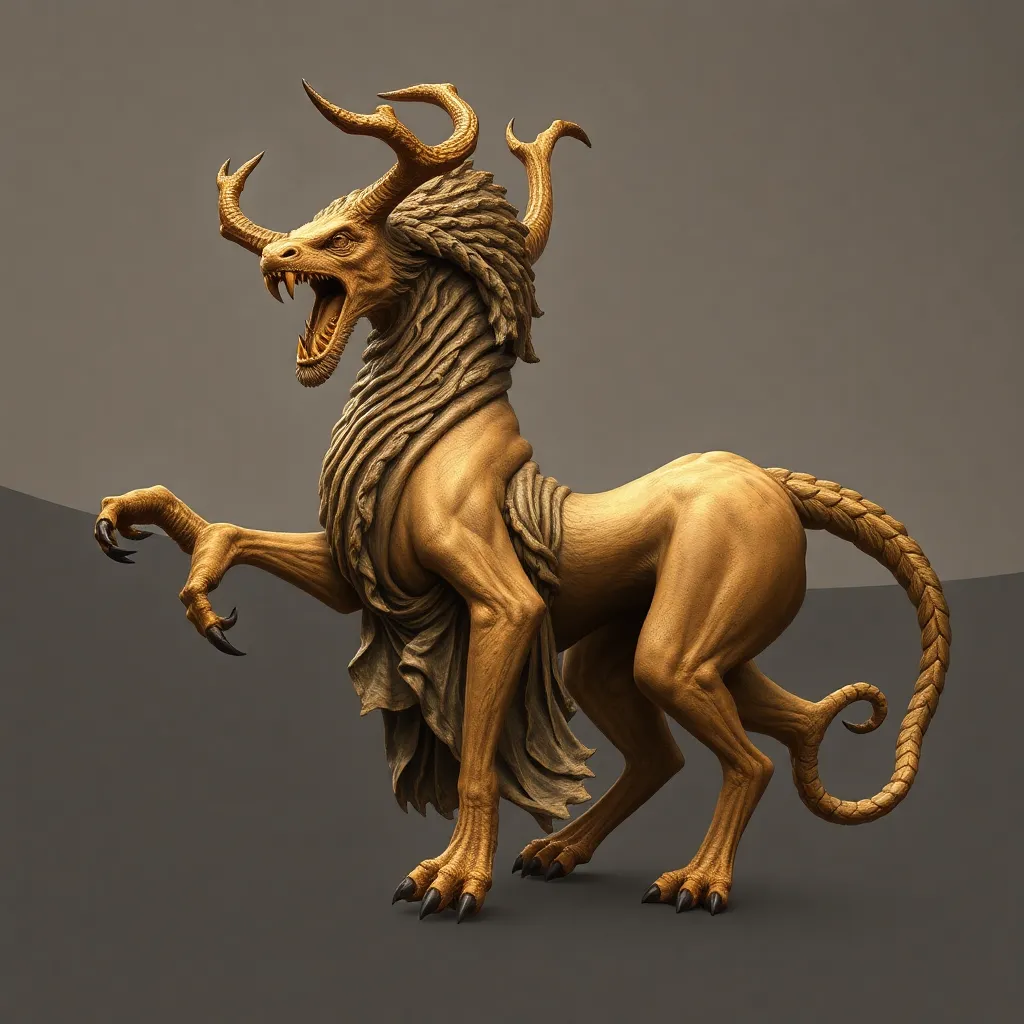The Role of Mythological Creatures in Greek Mythological Archetypes
I. Introduction
Mythological creatures in Greek mythology are fantastical beings that embody various aspects of human experience and the natural world. These creatures, ranging from the noble to the terrifying, play crucial roles in the myths that have shaped Greek culture for centuries.
The importance of archetypes in understanding Greek myths cannot be overstated. Archetypes are universal symbols or themes that recur across different stories and cultures. They help us comprehend complex narratives and the human condition itself. This article focuses on the interplay between mythological creatures and archetypes, illustrating how these beings enhance our understanding of Greek mythology.
II. Understanding Greek Mythological Archetypes
Archetypes are fundamental elements in literature and mythology that embody universal human experiences. In Greek mythology, archetypes serve as blueprints for characters and narratives, helping to convey moral lessons, cultural values, and the complexities of human nature.
Some key archetypes in Greek mythology include:
- Hero: A figure who embarks on an adventurous quest, often facing great challenges.
- Mentor: A wise guide who provides support and wisdom to the hero.
- Trickster: A character who uses cunning and wit to challenge norms and create chaos.
The significance of these archetypes in Greek culture is profound, as they reflect the values, aspirations, and fears of the society that created them.
III. Types of Mythological Creatures in Greek Mythology
Greek mythology is rich with a variety of mythological creatures, each with its unique traits and symbolic meanings. Some major types of creatures include:
- Centaurs: Half-human, half-horse beings that often symbolize the duality of civilization and primal nature.
- Nymphs: Divine spirits of nature, often associated with specific locations such as rivers, trees, and mountains.
- Sirens: Enchanting creatures known for their beautiful singing, luring sailors to their doom.
These creatures can be classified into three broad categories:
- Divine Beings: Creatures that possess god-like qualities and powers.
- Monstrous Beings: Terrifying entities that often serve as challenges for heroes.
- Hybrid Beings: Combinations of different forms that reflect complexity in nature and personality.
The symbolic meanings associated with these creatures vary widely, reflecting the diverse aspects of human experience, such as love, fear, temptation, and the struggle between civilization and nature.
IV. The Hero’s Journey and Mythological Creatures
In the context of the hero’s journey, mythological creatures often serve as both allies and adversaries. They can challenge heroes, forcing them to confront their fears and grow, or assist them in achieving their goals.
For example, in the myth of Hercules, he faces the Nemean Lion, a monstrous creature that represents insurmountable challenges. By defeating the lion, Hercules not only proves his strength but also embarks on a path of personal growth and heroism.
Other notable examples include:
- Theseus and the Minotaur: The Minotaur represents the darker aspects of human nature that Theseus must conquer.
- Odysseus and the Sirens: The Sirens embody temptation, and Odysseus must resist their call to continue his journey home.
These encounters with creatures are pivotal to the hero’s development, illustrating how challenges can lead to personal transformation.
V. Creatures as Representations of Human Traits
Mythological creatures often embody human emotions and characteristics, serving as reflections of our own nature. For instance, the Sirens represent the allure of temptation and the dangers of indulgence, while the Minotaur symbolizes the duality of man, representing both savagery and the capacity for reason.
Through these representations, Greek myths convey moral lessons about the human experience:
- Sirens: The dangers of succumbing to temptation and the importance of self-control.
- Minotaur: The struggle between our primal instincts and rational thought.
These moral lessons continue to resonate, illustrating the timeless nature of these archetypes and creatures.
VI. The Influence of Mythological Creatures on Greek Society and Religion
Mythological creatures played a significant role in Greek religious practices and beliefs. They were often invoked in rituals and ceremonies, serving as representations of the divine and the forces of nature.
Moreover, these creatures influenced art, literature, and cultural narratives throughout history. From ancient pottery to modern adaptations, the imagery and stories surrounding mythological creatures have shaped Greek identity and heritage.
Additionally, they reflect societal values and fears, such as the consequences of hubris or the importance of harmony with nature. The creatures serve as cautionary tales, reminding society of the balance necessary in life.
VII. Modern Interpretations and Adaptations of Greek Mythological Creatures
In contemporary literature and media, Greek mythological creatures continue to be reinterpreted and adapted. They appear in various forms, from fantasy novels to blockbuster films, often reimagined to fit modern narratives.
The lasting impact of these creatures on modern storytelling is evident in:
- Literature: Books like “Circe” by Madeline Miller explore the lives of mythological figures in new contexts.
- Film: Movies like “Clash of the Titans” bring ancient myths to life with modern technology.
- Video Games: Games like “God of War” feature mythological creatures as integral parts of gameplay and storytelling.
The evolution of archetypes in popular culture demonstrates the enduring nature of these stories and their relevance to contemporary audiences.
VIII. Conclusion
In summary, mythological creatures play a significant role in Greek archetypes, enhancing our understanding of the myths that have shaped human culture. They serve as reflections of human emotions, challenges, and moral lessons, providing timeless insights into the human condition.
As we continue to explore the connections between mythology and contemporary life, we find that these ancient stories retain their relevance, offering profound lessons and reflections on our own experiences.
Thus, the journey through Greek mythology is not just a look into the past, but an exploration of the enduring themes that define us as human beings.




